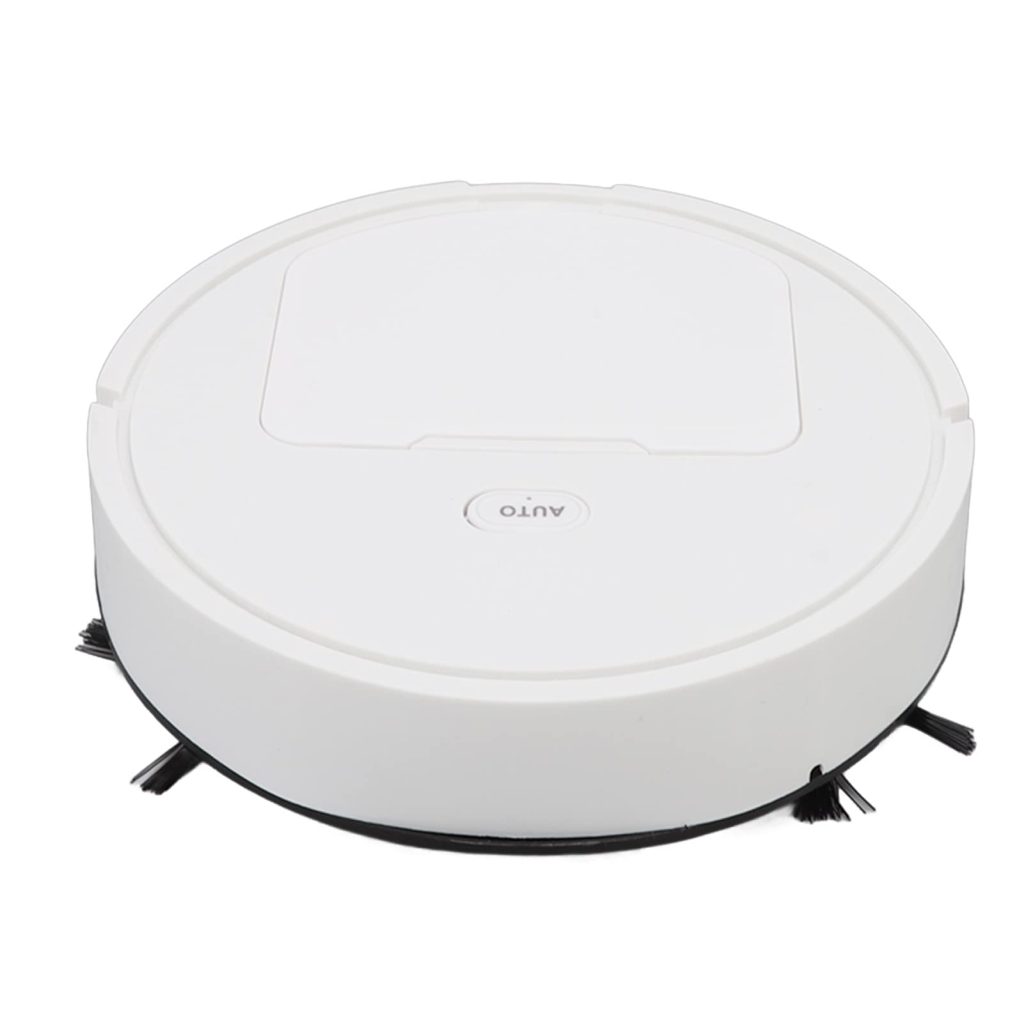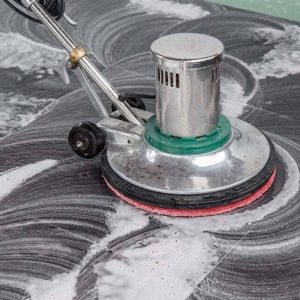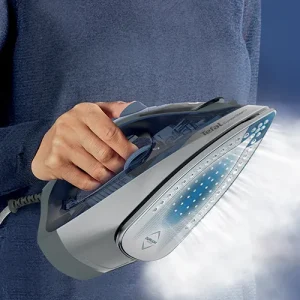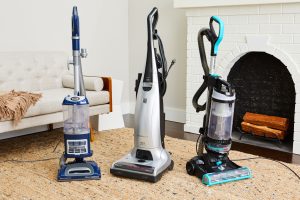Smart Floor Cleaners: What Are They For? How They Work, Applications, and Safe Usage Tips

Version 1.0.0
Smart floor cleaners are innovative appliances designed to simplify and enhance the cleaning process. By combining advanced technology with practical features, these devices can efficiently clean floors, reducing manual effort and improving cleaning effectiveness. In this article, we will explore what smart floor cleaners are used for, how they work, where they are applied, and provide safety tips for using them.
1. What Are Smart Floor Cleaners For? (Introduction, Common Types, and Benefits)
Smart floor cleaners are devices designed to automate the process of cleaning floors. These machines use advanced technologies like sensors, AI, and connectivity to clean your floors with minimal effort from you. They are an excellent addition to any home or business, especially for those who want to reduce their cleaning time and achieve a more thorough clean.
There are various types of smart floor cleaners, each designed to cater to different cleaning needs:
- Robot Vacuums with Mopping Function: These devices combine vacuuming and mopping functions in one machine. They can sweep, vacuum, and mop your floors without human intervention.
- Smart Mop: These are electric mops that clean floors automatically. They typically use water or cleaning solutions and have rotating or vibrating heads to effectively clean different surfaces.
- Steam Mops: Smart steam mops heat water to produce steam, which is used to sanitize and clean floors. They are ideal for deep cleaning and sanitizing hard floors without the need for chemicals.
- Wet and Dry Floor Cleaners: These are versatile machines that can handle both wet and dry messes, making them ideal for busy households or commercial spaces.
The main benefits of using a smart floor cleaner include:
- Time-Saving: These machines can clean your floors while you are busy with other tasks, saving you time and effort.
- Enhanced Cleaning Efficiency: Advanced features like sensors and rotating brushes allow for a more thorough and consistent clean.
- Convenience: Many smart floor cleaners can be controlled via smartphone apps, allowing you to start, pause, or schedule cleaning sessions remotely.
2. How Do Smart Floor Cleaners Work? (Principle of Operation and Key Components)
Smart floor cleaners operate using a combination of sensors, motors, and cleaning mechanisms to move across floors and remove dirt and debris. The way they function depends on the type of smart floor cleaner, but here is a general overview of how they work:
- Sensors: Most smart floor cleaners are equipped with sensors that help them navigate around obstacles and map out the cleaning area. These sensors detect walls, furniture, and other objects, allowing the cleaner to avoid collisions and clean efficiently.
- Motors: The motor is responsible for driving the movement of the floor cleaner. In robot vacuums, the motor helps it move forward and backward across the floor. In mopping devices, the motor often powers rotating or vibrating mop heads.
- Cleaning Brushes: Many smart floor cleaners have rotating brushes that help loosen dirt and debris from the floor. These brushes are especially useful for cleaning carpeted surfaces or getting into corners and edges where dirt tends to accumulate.
- Water or Cleaning Solution Dispensers: Smart mops or steam mops often have water tanks or cleaning solution dispensers that release liquid onto the floor during cleaning. This helps loosen grime and enhances cleaning power.
- Battery: Smart floor cleaners are typically powered by rechargeable batteries, allowing them to operate without being plugged into an electrical outlet during cleaning.
- App Control: Many modern smart floor cleaners are equipped with app connectivity, allowing users to control and schedule cleaning sessions remotely via their smartphones.
In essence, smart floor cleaners use sensors and automated movement to navigate through your space while cleaning, ensuring your floors are spotless with minimal effort.
3. Where Are Smart Floor Cleaners Used? (Practical Applications)
Smart floor cleaners are suitable for a wide range of applications, making them versatile tools for both residential and commercial use:
- Homes: Smart floor cleaners are ideal for busy households. They are great for cleaning various floor types, including hardwood, tile, and carpet, with minimal effort. Robot vacuums with mopping functions are particularly useful for maintaining clean floors without needing constant supervision.
- Offices: In office environments, where cleanliness is essential for employee well-being, smart floor cleaners can help maintain a clean and hygienic workspace. These devices can be scheduled to clean after office hours, ensuring that the floors are spotless by morning.
- Hotels and Commercial Spaces: Hotels, restaurants, and other commercial establishments benefit from smart floor cleaners as they reduce the time spent on manual cleaning and improve the efficiency of housekeeping teams.
- Pet Owners: For pet owners, smart floor cleaners are excellent for picking up pet hair and dander, ensuring that floors remain clean and hygienic. Many smart mops are designed to handle pet messes, making them a perfect addition to pet-friendly homes.
- Hard-to-Reach Areas: Smart floor cleaners are particularly useful in cleaning areas that are difficult to reach, such as under furniture, around corners, and along baseboards. This ensures a more thorough cleaning than manual methods.
4. How to Use Smart Floor Cleaners Safely (Safety Tips and Important Considerations)
To ensure your smart floor cleaner functions efficiently and safely, it is essential to follow some important safety guidelines:
- Read the Manual: Always read the user manual provided with the smart floor cleaner. Understanding how to set up, operate, and maintain the device is crucial to its safe and efficient use.
- Clear the Area: Before starting the cleaning session, make sure to remove any objects that could obstruct the cleaner’s movement. This includes cords, small items, or furniture that may interfere with the cleaning process.
- Check the Battery: Ensure that the smart floor cleaner is fully charged or has enough battery life to complete a cleaning session. Running the device with low battery can affect its performance and cause it to stop cleaning prematurely.
- Empty the Dustbin Regularly: If your smart floor cleaner has a dustbin or collection tray, empty it regularly to maintain optimal suction power and prevent clogging.
- Clean the Brushes and Filters: Over time, dirt and debris can accumulate on the brushes and filters of your smart floor cleaner. Clean them regularly to prevent blockages and ensure the machine runs efficiently.
- Supervise While Charging: Always supervise the device while it is charging, and avoid leaving it plugged in unattended for extended periods to avoid any potential electrical hazards.
- Prevent Water Damage: If using a smart mop or steam mop, be mindful not to over-wet floors or use excessive amounts of water, which could damage certain flooring types.
- Avoid Using Harsh Chemicals: Only use the recommended cleaning solutions and avoid harsh chemicals, as they could damage the machine or your flooring.
Conclusion
Smart floor cleaners offer a convenient and efficient way to maintain clean floors with minimal effort. By understanding how these devices work, where to use them, and how to use them safely, you can make the most out of your investment. Whether in homes, offices, or commercial spaces, smart floor cleaners are a game-changer in modern cleaning technology. By automating the cleaning process, these devices save time, improve cleanliness, and help maintain a healthier living environment.







